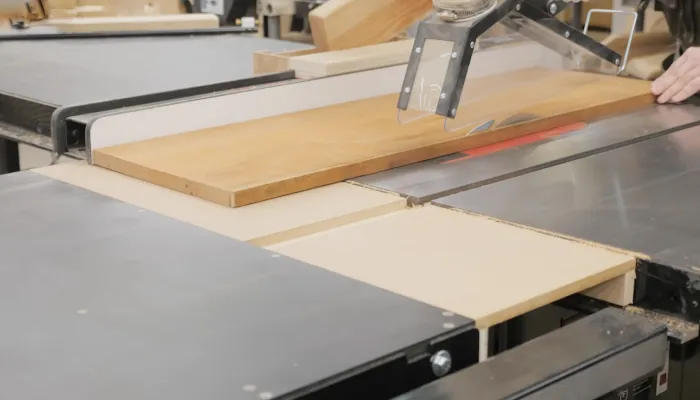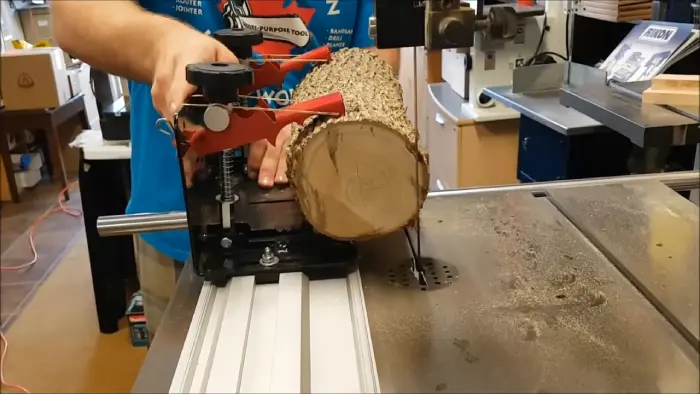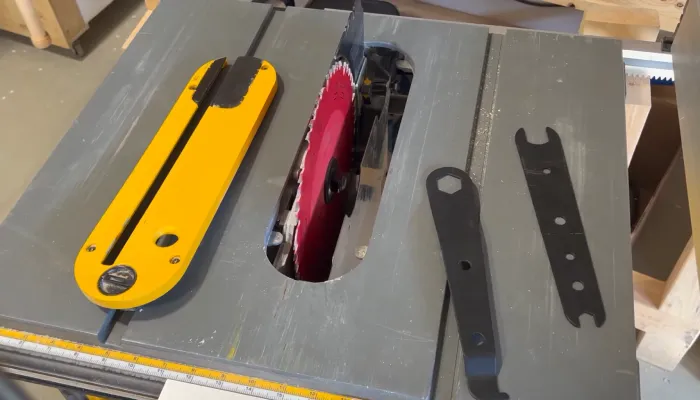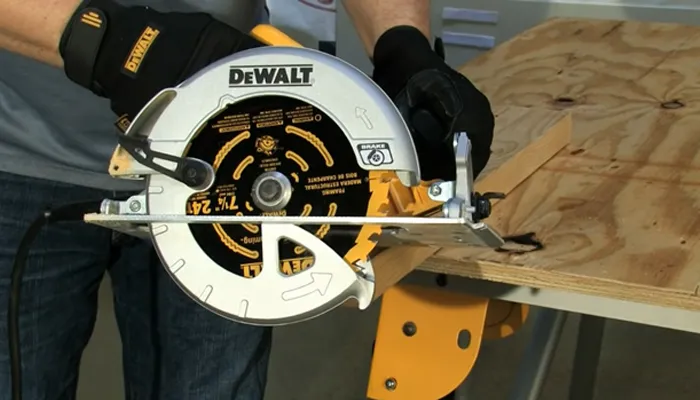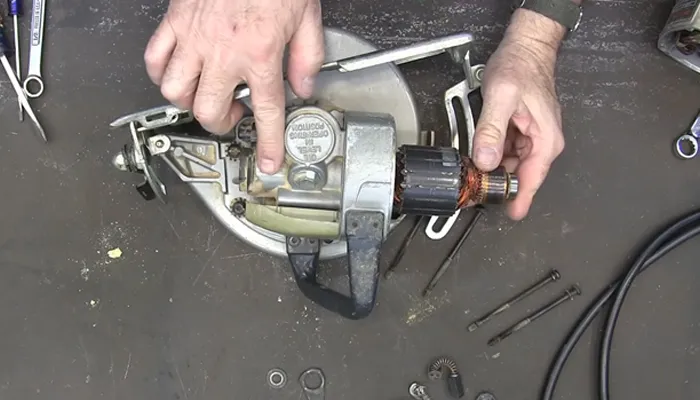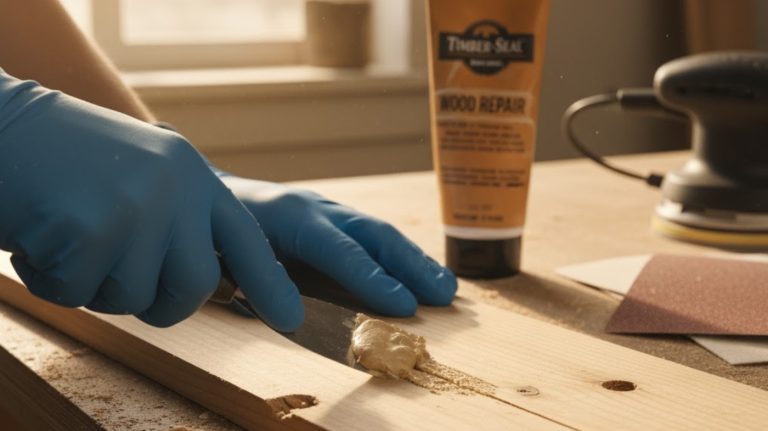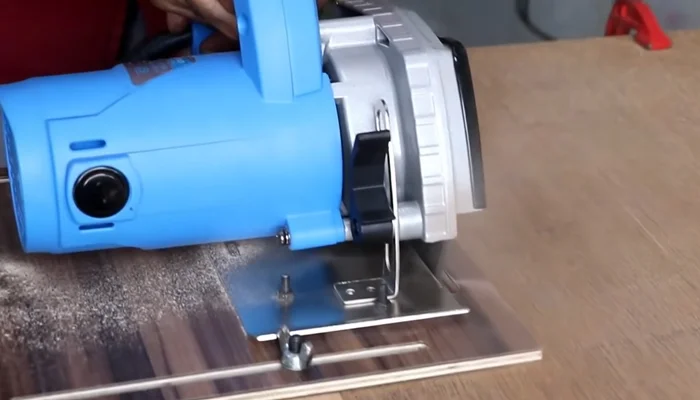Why Is My Table Saw Burning Wood: Help from the Experts
Are you frustrated with your table saw burning the wood you’re cutting? It can be a common issue that many woodworkers face, but you must identify the root cause and find a solution.
Burning wood not only affects the quality of your work but can also damage your saw blade and decrease its lifespan. There are several reasons why your table saw may be burning wood, including a dull blade, incorrect blade height, and feeding the wood too slowly.
As an experienced woodworker, it’s crucial to understand these possible causes and take the necessary steps to prevent burning and avoid costly mistakes.
To help you achieve smooth and clean cuts every time, we will discuss the reasons your table saw is burning wood and provide effective solutions.
Why Is My Table Saw Burning Wood: Possible Reasons with Solutions
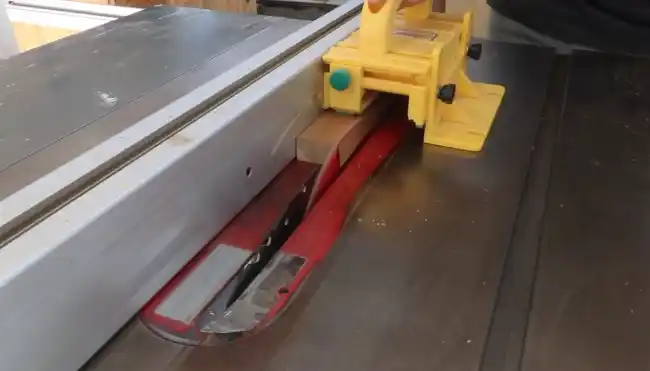
If you’re experiencing burning wood on your table saw, there are a few possible reasons that you should consider. By properly addressing these potential issues, you can ensure that your table saw is operating smoothly and producing clean cuts.
- No 01: Dull Table Saw Blade
- No 02: Incorrect Blade Selection
- No 03: Improper Blade Alignment
- No 04: Improper Feed Rate
- No 05: Dirty Table Saw Blade
- No 06: Wood Species
- No 07: Insufficient Cutting Power
- No 08: Warped or Improperly Dried Wood
- No 09: Improper Blade Height
No 01: Dull Table Saw Blade
If you’re frustrated with burn marks left behind by your table saw, a major cause could be a dull blade. As the blade’s cutting edges become worn over time, friction and heat increase. This causes the saw blade to cut poorly, leading to scorching and burning of the wood.
To avoid this, it’s crucial to regularly sharpen or replace the blade for a sharp cutting edge. Not only does a dull blade cause burn marks, but it also raises the risk of accidents and injuries. You can use high-quality carbide-tipped blades for durability and longevity.
No 02: Incorrect Blade Selection
Make sure to choose the right blade for your woodworking project. Burn marks can ruin your hard work and reputation.
To avoid this, consider factors like kerf width, tooth count, and tooth grind before selecting a blade.
When selecting a blade, ensure the kerf width matches your project requirements, as a wider kerf width can cause friction and lead to burn marks.
You should also choose a blade with the right tooth count for your application. Blades with fewer teeth cut faster, while blades with more teeth produce smoother finishes.
Another essential factor to consider is the tooth grind of the blade. ATB and TCG are common tooth grinds used for woodworking projects. An ATB blade is perfect for crosscutting, while a TCG blade is great for ripping.
No 03: Improper Blade Alignment
Ensure your saw’s blade is properly aligned for the best woodworking results. If the alignment is off, you may experience burning and uneven cuts.
A common cause of uneven cuts is when the blade isn’t parallel to the miter slot or the fence isn’t parallel to the blade. This can cause the wood to be pushed into the blade at an angle, resulting in friction and burning on one side.
Check the parallelism between the blade and the miter slot to fix this issue. If they’re not aligned, adjust the blade. Also, confirm that the fence is parallel to the blade to avoid uneven cuts and burning. Lastly, align the miter gauge and splitter for accuracy and to decrease the risk of kickback.
No 04: Improper Feed Rate
Adjusting the feed rate of your workpiece as it goes through the saw is essential to prevent burn marks. You should consider the type of wood and blade to ensure a smooth cut. For example, softer woods like pine may require a faster feed rate, while harder woods like oak may need a slower rate.
The blade type also affects the feed rate. Blades with larger gullets allow for quicker feeding, reducing the risk of burning.
To avoid burn marks, finding the right balance between the feed rate and the saw’s cutting speed is crucial. If the feed rate is too slow, the blade maintains contact with the wood for too long, causing friction and heat that can result in burn marks.
Conversely, if the feed rate is too fast, the blade may not cut through the wood efficiently and also leave burn marks. For the best results, begin with a slower feed rate and gradually increase it until you find the optimal speed for your specific wood and blade combination.
No 05: Dirty Table Saw Blade
If you’ve been experiencing burn marks on your wood, your table saw blade is likely the culprit. A dirty blade covered in pitch, resins, and burnt wood particles can cause friction and leave unsightly marks on your cuts.
An effective solution is to clean the blade regularly with a cleaning solution recommended by the manufacturer, which can significantly reduce these issues. Consider using blade lubricants on wood like pine for particularly stubborn pitch buildup.
No 06: Wood Species
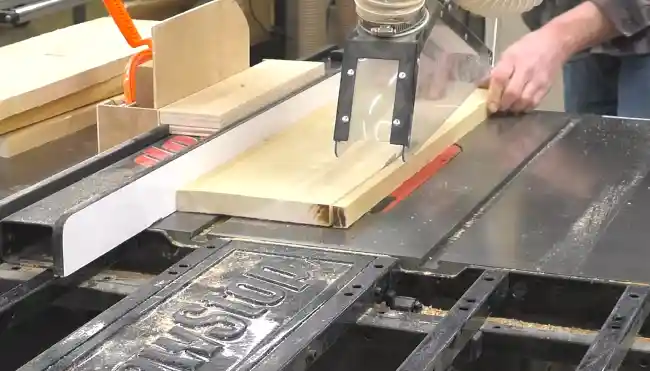
Properly selecting the type of wood used can greatly impact the cut quality and prevent any potential burn marks on the project. Some woods, such as cherry, maple, and purpleheart, are more susceptible to burning due to their density, moisture content, or resinous nature.
To prevent burn marks, it’s crucial to take extra precautions when working with these types of wood. Opt for a slower feed rate to reduce heat generation and prevent excess friction. This allows the blade to cut through the wood smoothly without causing any burning.
Also, specialized blades can reduce the burning of these types of wood. These blades are designed with a specific tooth geometry and coating that prevents heat build-up and excess friction during use.
No 07: Insufficient Cutting Power
If your table saw lacks the necessary power, it may struggle to maintain a consistent cutting speed, resulting in burn marks and ruined woodworking projects.
To prevent this issue, ensure your table saw has sufficient horsepower for the types of cuts you intend to make. The horsepower of a table saw is directly proportional to its cutting power, meaning a saw with insufficient power won’t be able to cut through hard or thick wood without burning it.
To check the horsepower of your table saw, refer to its manual or consult with the manufacturer.
No 08: Warped or Improperly Dried Wood
To avoid ruining your projects with unsightly burn marks, it is also crucial to use properly dried and upwarped wood or lumber with the correct moisture content.
If the wood is warped or has an uneven moisture content, it can bind against the blade, resulting in burning. This can be an expensive and frustrating problem, especially if you are working on a large project or using expensive wood.
To prevent this issue, using well-dried wood for your projects is essential. The wood that is too wet or has uneven moisture content can warp, twist, or crack when drying, making it difficult to work with. To flatten any warped pieces, consider using a jointer to create a flat surface before cutting.
No 09: Improper Blade Height
Adjusting the blade height correctly is crucial to achieving flawless cuts on your woodworking project. Improper adjustment can result in burns on the table saw, a common issue many woodworkers face.
When the blade height is too low, it can cause friction with the wood, resulting in excessive heating and burning. Contrarily, setting the blade height too high can lead to uneven cuts and potential kickback due to the wood’s excessive vibration.
To prevent burning and achieve the best results, you must adjust the blade height based on the wood’s thickness and density. Raising the blade height slightly reduces friction and minimizes burn marks in situations involving sensitive wood or thin stock.
Meanwhile, lowering the blade height ensures clean and even cuts when working with dense or thick wood.
Why does my table saw smoke when cutting wood?
If your table saw emits smoke while cutting wood, it may be caused by friction from a dull blade or improper feeding. Friction leads to heat, and excessively hot blades can leave unattractive marks on the wood.
To avoid this problem, it is crucial to maintain a clean and sharpened blade and ensure a stable, consistent blade feed.
If the wood is bowed or compressed during cutting without a riving knife, it may bind on the blade, increasing unwanted friction. This friction can result in wood burning and smoke formation.
To prevent this from happening, it is critical to have a riving knife of the appropriate size for the blade. A riving knife is a safety device that prevents table saw kickback and keeps the wood stable during cutting, reducing the risk of friction and burning.
How often should I sharpen or replace the blade?
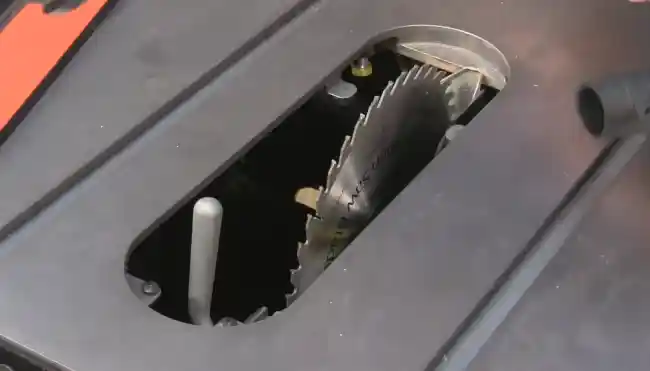
Sharpening your table saw blade is essential maintenance that ensures clean, smooth cuts without burning or scorching the material.
As a general rule, it’s recommended to sharpen the blade twice per season or after every 25 hours of use. This maintains the blade’s sharpness, which is crucial for accurate cuts and avoiding burning marks on lumber.
Use the right tools and techniques to sharpen the blade for best results. You can either sharpen the blade yourself using a sharpening stone or take it to a professional for sharpening.
If doing it yourself, follow the manufacturer’s instructions and take necessary safety precautions such as wearing gloves and eye protection. And if you notice any chips or cracks on the blade, replace it rather than sharpen it. A damaged blade can be dangerous and lead to poor cuts.
How to remove table saw blade burn marks from the wood?
To remove those frustrating burn marks on your beautiful woodwork, start by sanding down the affected area with 150-grit sandpaper in the direction of the grain until the wood is smooth again.
Make sure to sand a decent area around the burn mark to avoid creating an uneven surface. This will remove the charred wood and expose the raw wood underneath.
Fill any remaining gaps or damages with wood filler after sanding. Once the wood filler dries, use fine-grit sandpaper to ensure it is even with the rest of the wood. Then, apply a wood finish or stain to match the rest of the surface.
Achieve Precise Cuts and Say Goodbye to Wood Burning
Preventing burning on your wood while using a table saw is easily achieved by taking a few simple steps. Ensuring you have the correct blade for the job and maintaining its sharpness is key to achieving precise cuts.
Adjusting blade speed and height, aligning your fence correctly, and adding a lubricant can also help reduce the likelihood of burning. If you do end up with burn marks, rest assured that several effective methods exist to remove them.
By following these recommendations, you can enjoy clean and accurate cuts without damaging your wood. Remember, with a little attention to detail and proper equipment maintenance, you can achieve professional-level results every time.

